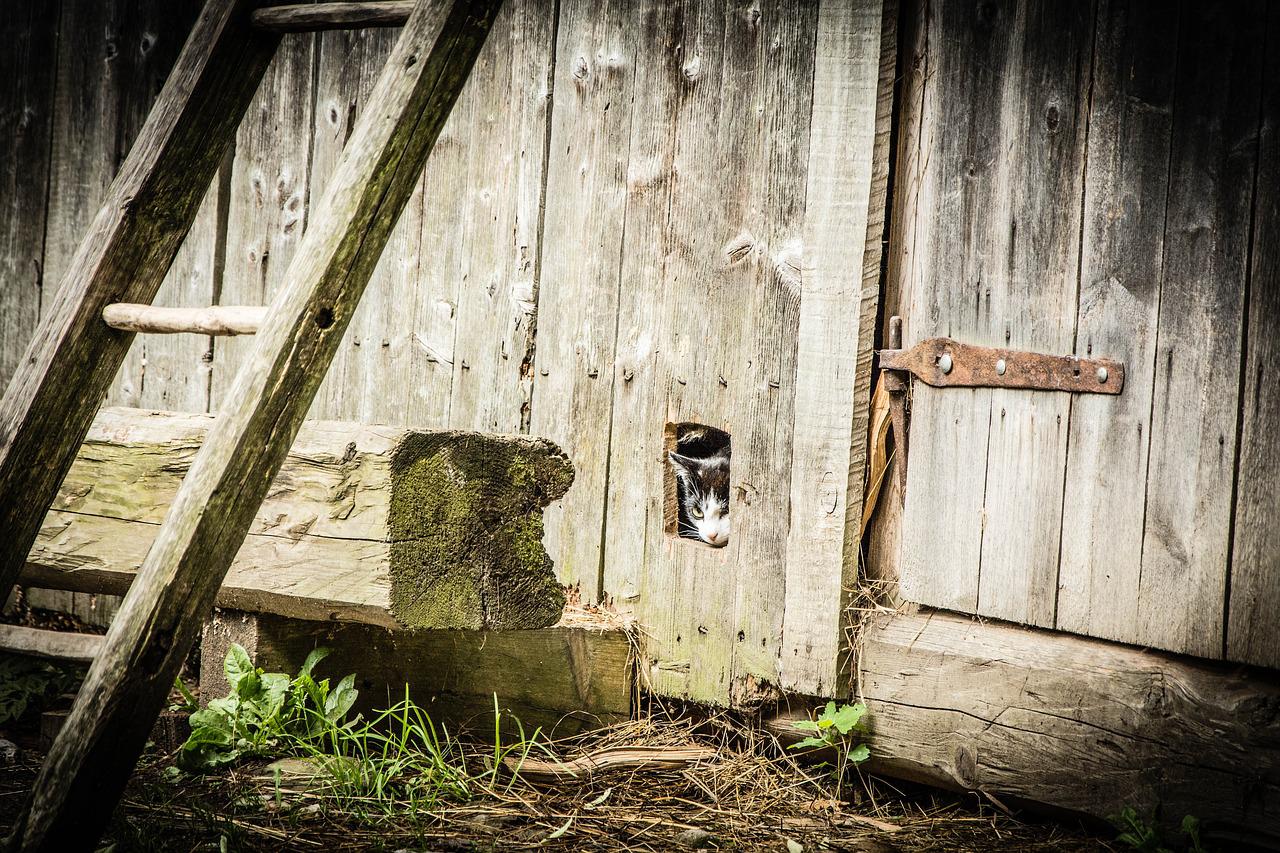The healing influence of Jesus on those who turned to him in faith extended beyond the physical realm. After he healed the ten lepers or the woman with the hemorrhage, both socially excluding diseases, he addressed their reintegration with the wider community. He understood his mission as being to bring “salus”—the health of salvation—to all. So he touched the sickness in us all, for who is without need of healing? [ . . .]
He is not, then, the savior seen of the fundamentalist Christian condemning and damning those who do not take the medicine he offers. Later, Christian iconography portrayed him more in this style, as the Pantocrator, the universal judge with arm raised threateningly as in the Sistine Chapel. Later he was cast in the image of the divinized emperor ruling from his throne. But the earliest image of Jesus we have is that of a young shepherd, carrying home the lost sheep on his shoulders. Healer or judge? As we have seen with faith, metaphors matter.
When the dominant metaphors about Jesus and Christianity reflect a religion with a weak or no contemplative dimension, faith becomes fatally confused with belief. The ideas about Jesus, the theological formulas that define him, the rituals of worship, all become over-defined and defended, even absolutized and idolized. [But] when the contemplative dimension of the gospel is recognized and taught, the metaphors and forms of the church begin to change.
After meditation: an excerpt from Ode 3090 by Rumi, tr. Coleman Barks, Public Realm.
Be a lamp, or a lifeboat, or a ladder.
Help someone’s soul heal.
Walk out of your house like a shepherd.







